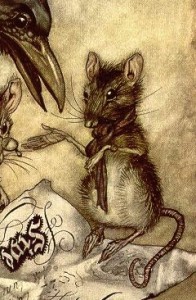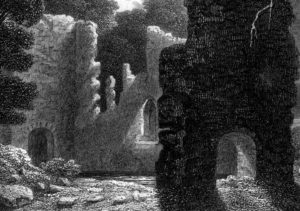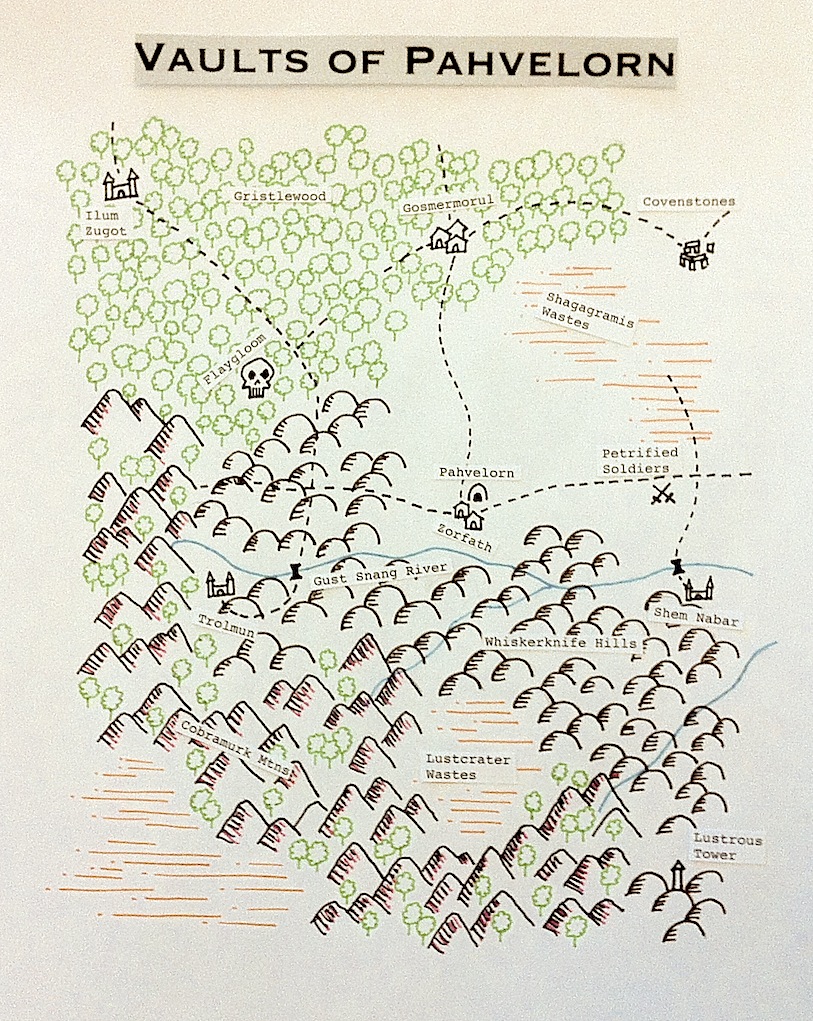| Tomb/prison of Ibarkaju |
It seems like analyzing player character deaths might be a good way to discuss the issues of risk and fairness, so I am going to make this a regular feature. This exercise is not intended to be a celebration of lethality or a collection of macabre DM trophies. Instead, I want to think about the interplay between clues, hazards, and player decision-making. Basically, I’m interested in reflecting on the actual play experience of specific character deaths because I think they can help inform scenario design. Rulings required to adjudicate will also be noted.
The first entry is a relatively straightforward death. The magic-user Satyavati was slain by animated statues that were guarding the tomb or prison of an ancient wizard. This is how the session went down. The party entered a 50′ x 30′ hexagonal chamber that had pillars carved in the form of stately warriors running down the room. At the north end was a plain stone slab upon which was lain a perfectly preserved body in loin cloth. There was writing all over the body and slab recounting wizardly crimes. The figure on the slab was holding a stone tablet over his chest that was inscribed with magical symbols.
Satyavati cast read magic on the tablet, and it turned out to be the equivalent of a scroll of protection from evil, which he cast. As the characters were investigating the area around the body, two of the columns animated, stepped down from their pedestals, and attacked. There were several rounds of combat (one of the PCs needed to make a save against paralysis, which was successful; though the players didn’t know what it was for, it still scared them and they retreated).
As they moved away from the slab, the statues disengaged and resumed their pedestal positions. Safely at the south end of the room, the characters regrouped. Someone suggested that Satyavati approach and continue to investigate since he still had protection from evil active and had not been attacked previously. They didn’t know whether or not it would ward away the statues, but thought that it would be worth a shot. As he approached, the statues animated and attacked again. Satyavati lost initiative, and was reduced to 0 HP by the attacks. He then needed to make a save versus death (we don’t play with auto death at 0 or negative HP, but instead use a saving throw) which was automatically failed due to a previous effect (which the player knew about).
Ramanan (the player of Satyavati) described the session thusly:
The party ventures off to the glass forest of Pahvelorn. They investigate the statue of St. Azedemar, the disgraced cleric / wizard killer. They move on toward the Ziggurats, and come across some 6-legged moles, who are being eaten by a werid fury centepede snake. A battle ensues, but the party of Gavin are victorious. Entering the Ziggurat, a staircase leads down to a submerged chamber. The party manages to cross the first room they find, despite a giant ooze that makes their life difficult. The second room contains an altar, which the party decides to muck around with–twice: Satyvati didn’t survive the second time. My next saving throw is a automatic fail. DEAD!
Referee note: the chamber with the ooze was partially flooded, not totally submerged. The “automatic fail” saving throw was the result of a “natural 1s” LotFP table (from Green Devil Face 5) that we have been using, the text of which is:
7. Your next saving throw attempt automatically fails.
 |
| RIP Satyavati, magic-user 2 (picture by Gus L) |








